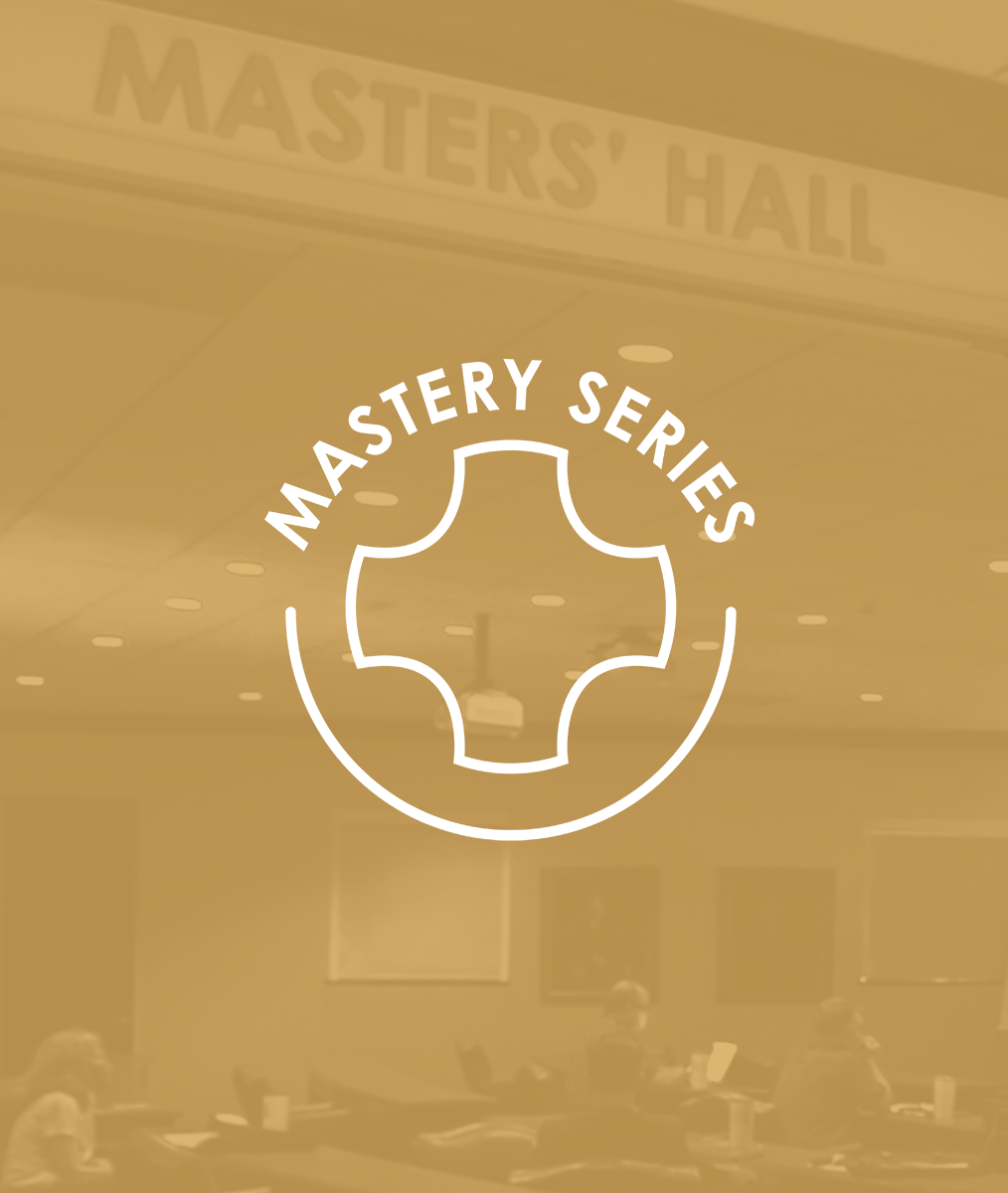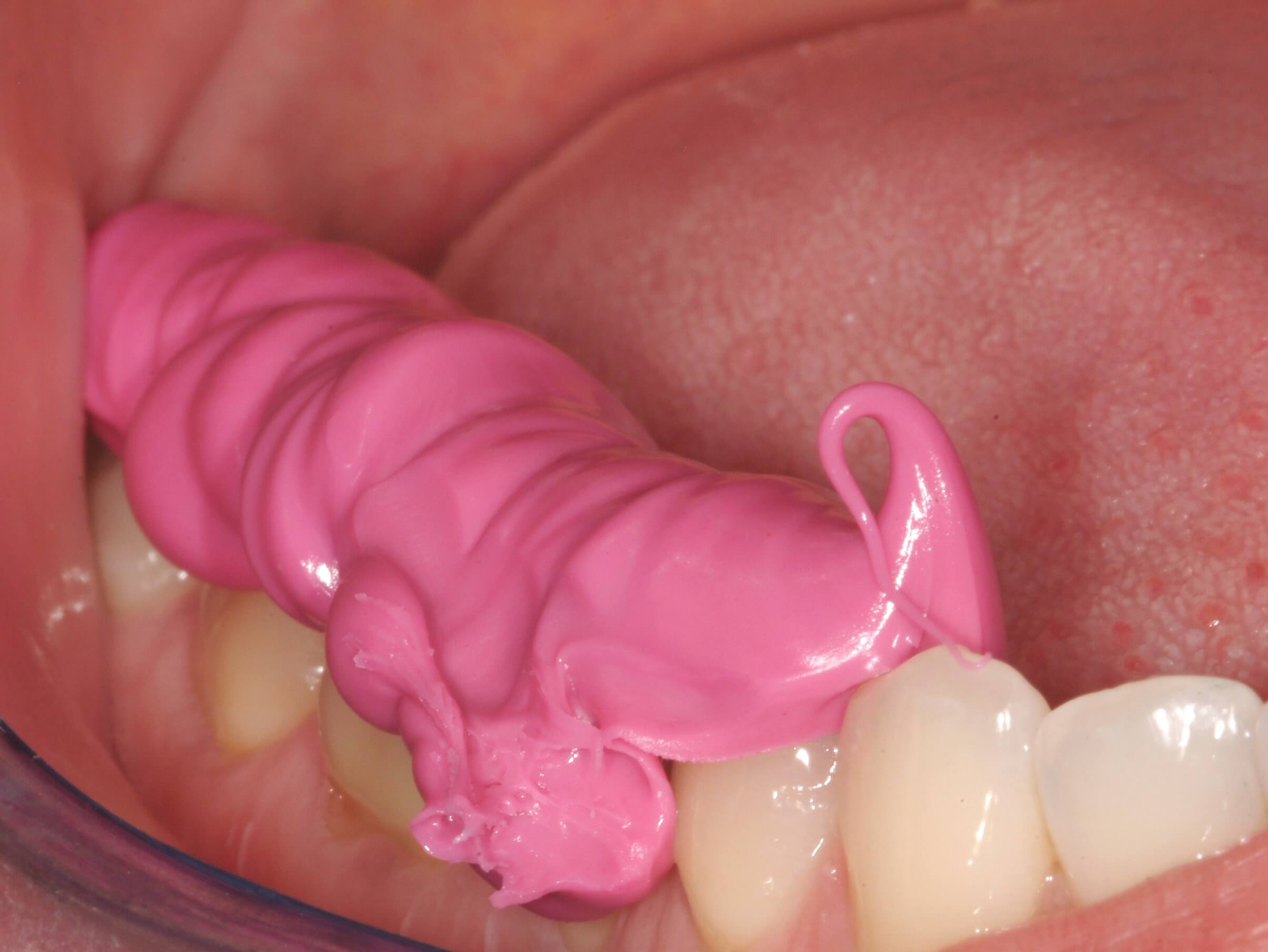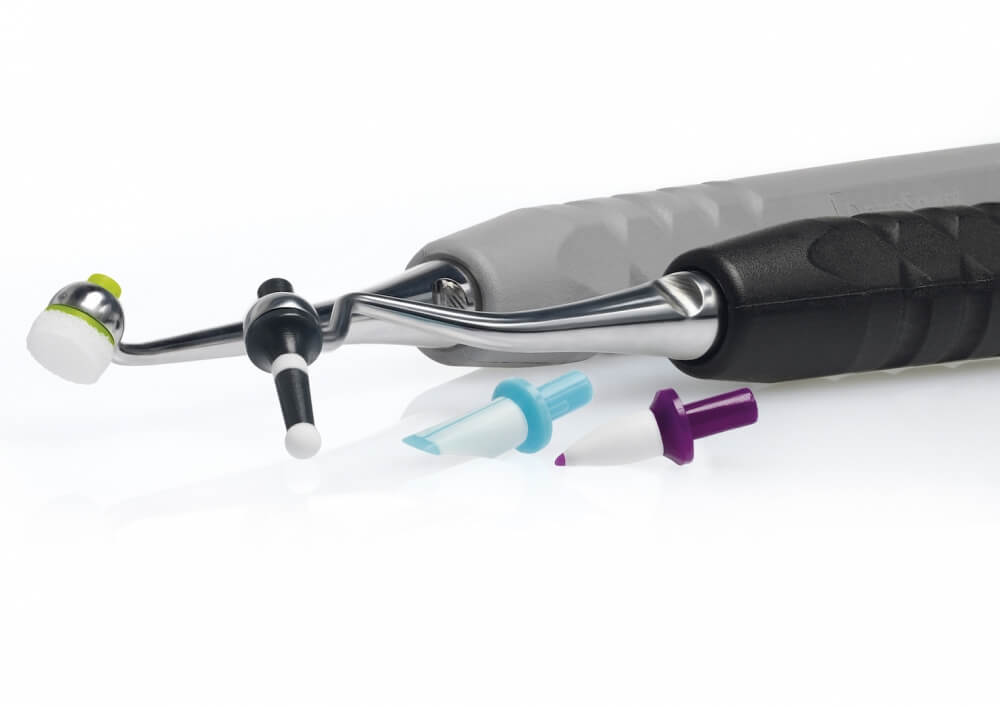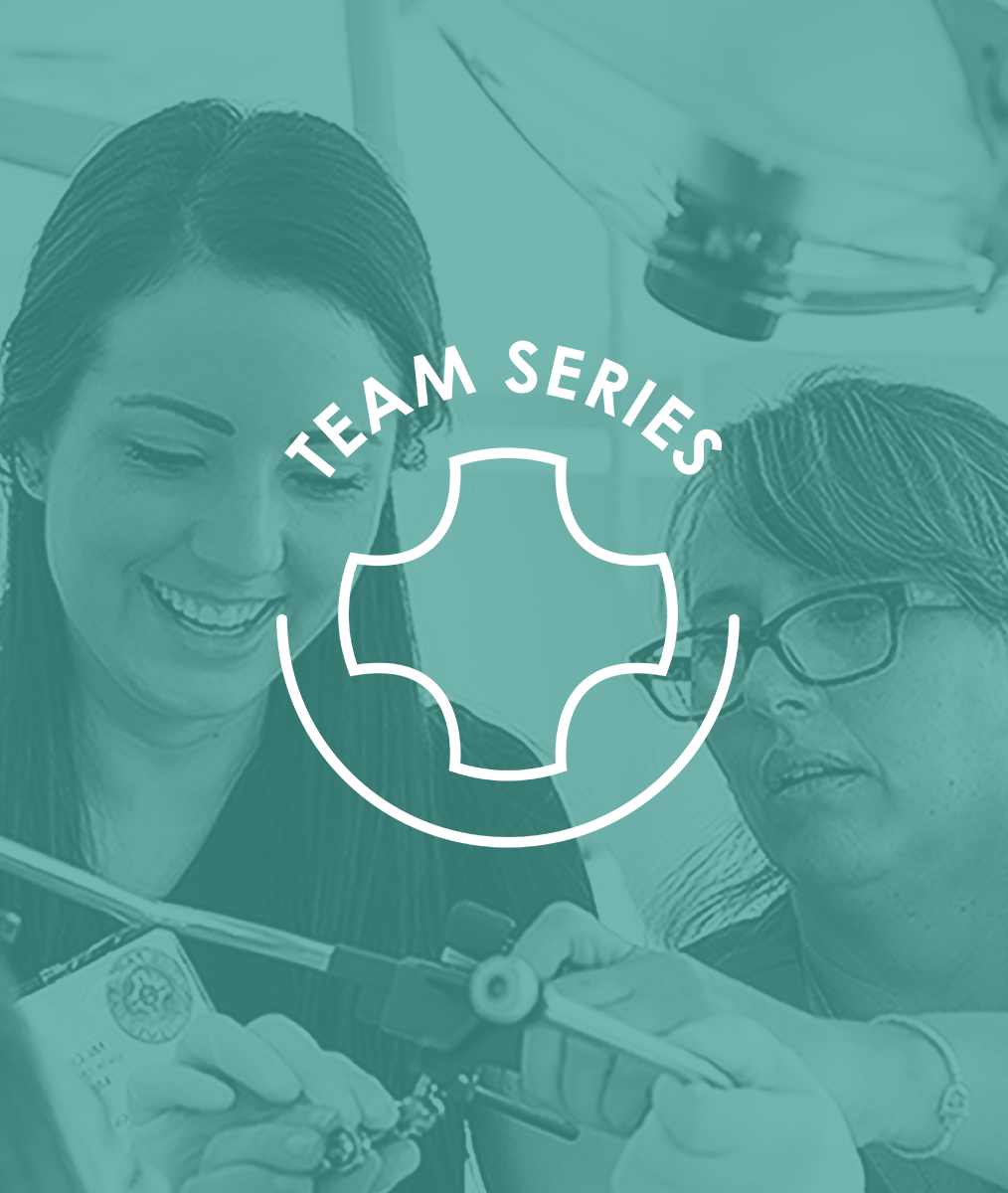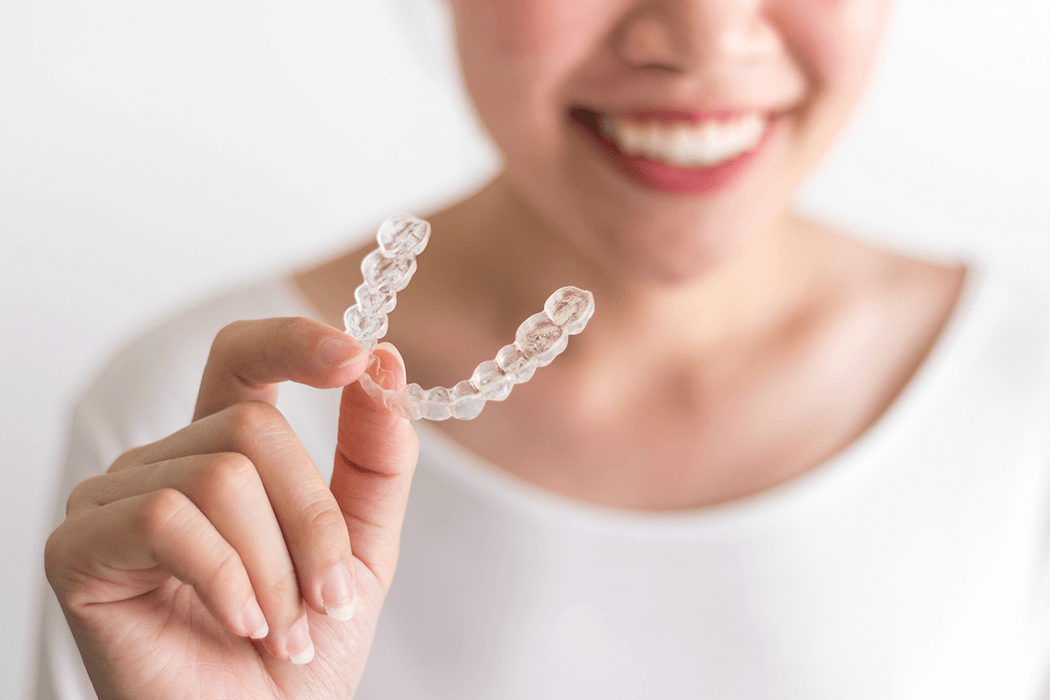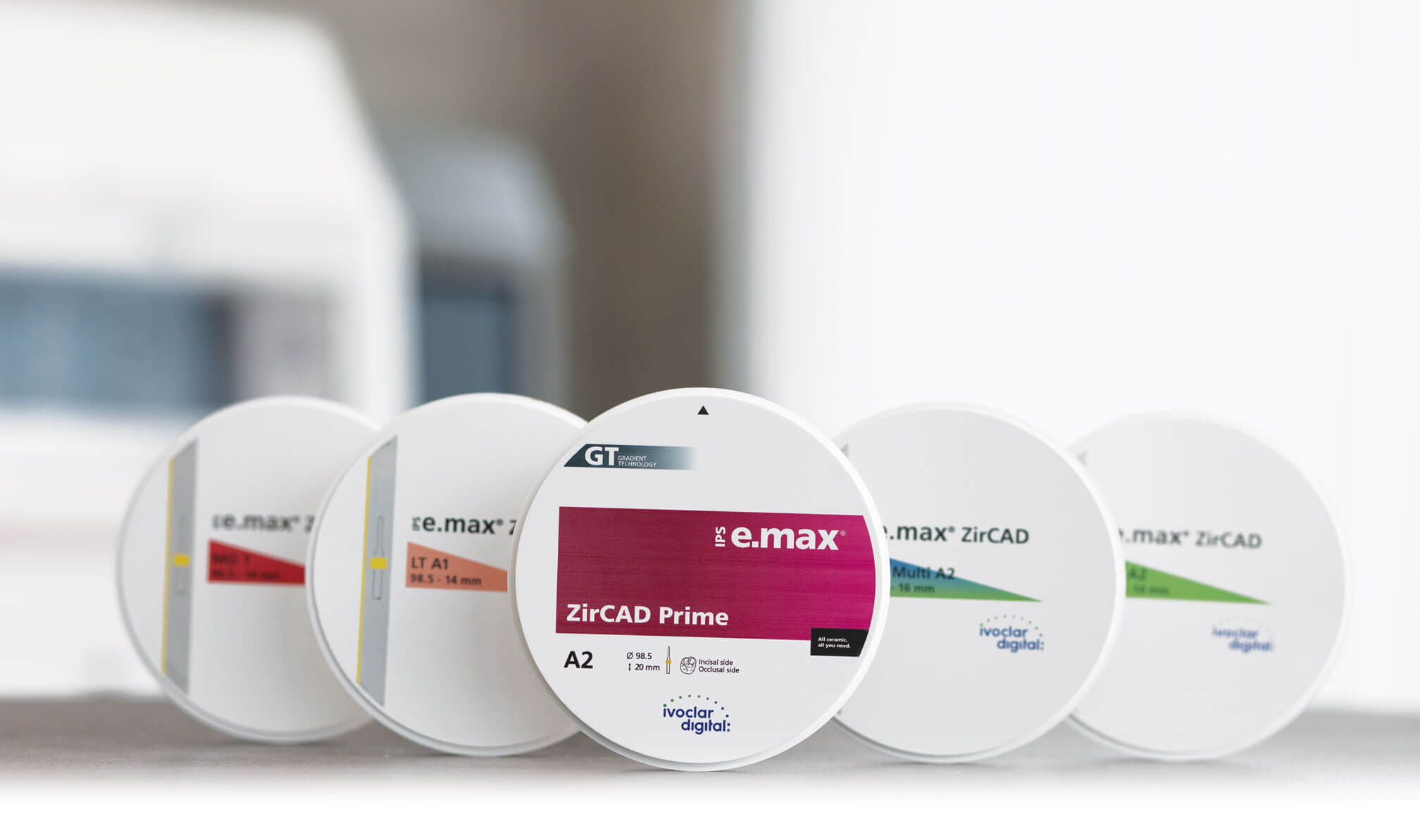We’re There for You!
How many of us have had a patient call who was really upset with us or our office?
The other day, my office manager came to me and said, “Mrs. Jones called and is super upset.” We had just completed an upper and lower reconstruction. Due to the complexity of the case, I opted to place the lowers in permanently, but I placed the upper in with temporary cement, in case there were any modifications that she wanted made prior to finalizing the case with permanent cement.
My office manager continued, “her new bridge is loose, and she said she is going to get an attorney because she paid a lot of money for this and it is already failing.” I told my office manager it was in with temporary cement, and the patient must have forgotten that I told her this, which in fact was the case.
I asked my office manager to bring her in immediately, and I would take care of it. Mrs. Jones presented, and I greeted her with a smile. I said, “I will take care of you immediately.” I proceeded to remind her that the upper arch was in with temporary cement, and she said, “Oh yeah! I forgot about that.”
After allaying her concerns and asking her if she had any difficulties over the last month, to which she said no, I opted to place the restoration on with permanent cement.
I reminded her that there was one other section, which still needed to be put in permanently, but I would do this in the future, since I was unable to tap it off at the time. (Sometimes, when the seal is really excellent, even temporary cement will hold very well.) I reassured her that all should be well and to always remember that “We’re here for you!”
This can be one of the greatest statements you can make to a patient. So often they feel “discarded” once their work is completed, and you “have their money.” Or they feel like they are being bothersome if they contact you to make any adjustments. They feel that any issues they are having will work themselves out, or they will just get used to it.
I remind them that we are always there for them and want to make any needed adjustments or corrections to the work we’ve done before any other problems arise. We want to be proactive in taking care of their issues and not be reactive. Often it is a very simple correction.
Letting a patient know “We’re there for you” can go a long way to creating a patient missionary and can be one of your greatest practice builders. “We’re there for you” is one of my favorite messages to convey to my patients, and I repeat it often.
Related Course
Masters’ Week
DATE: June 2 2025 @ 8:00 am - June 5 2025 @ 2:00 pmLocation: The Pankey Institute
CE HOURS: 27
Dentist Tuition: $ 8500
Single Occupancy with Ensuite Private Bath (per night): $ 345
Master Your Skills Masters’ Week is a unique learning experience each and every year where we bring together a group of talented speakers to share on a range of topics….
Learn More>






